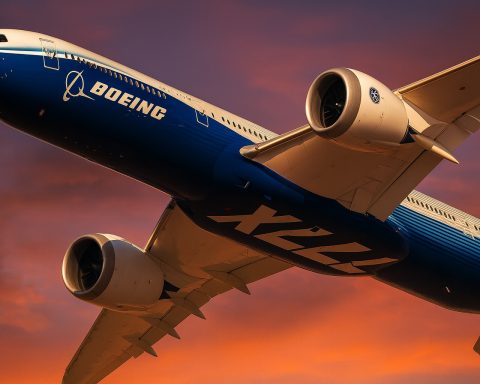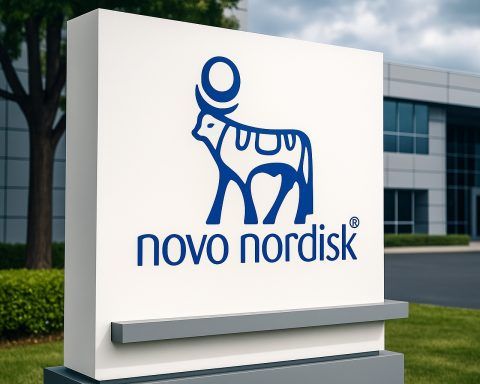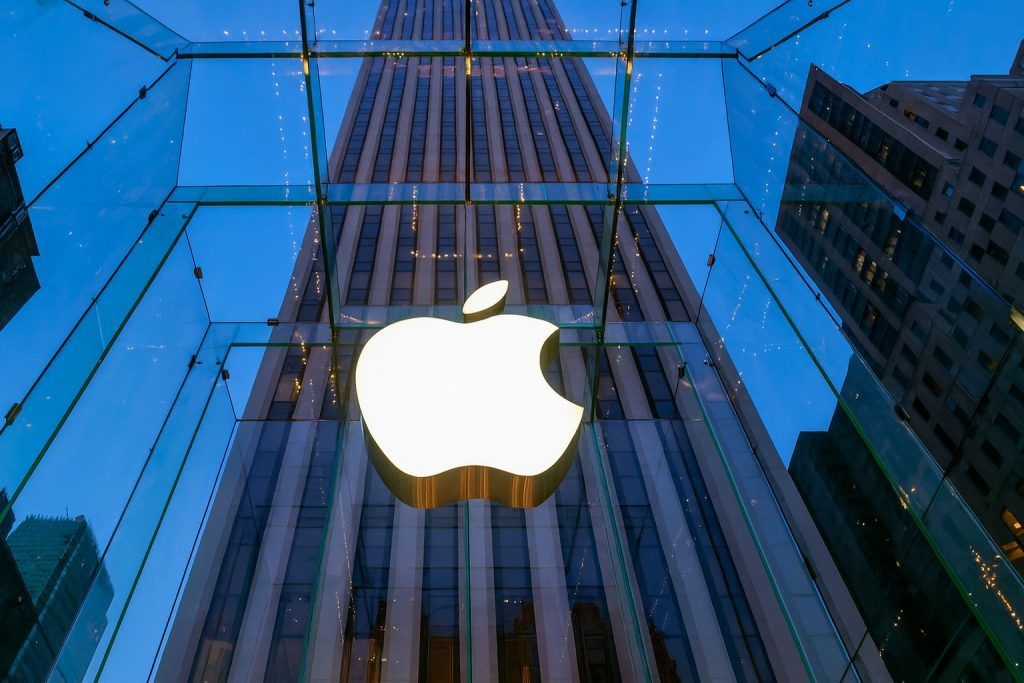Chinese smart EV maker XPeng Inc. (NYSE: XPEV, HKEX: 9868) reported record third‑quarter 2025 results before the U.S. market open on Monday, but a cautious fourth‑quarter outlook and ongoing EV price wars weighed on investor sentiment, sending the stock lower in pre‑market trading. [1]
- Record deliveries: XPeng delivered 116,007 vehicles in Q3 2025, up 149.3% year on year, its fourth consecutive record quarter. [2]
- Revenue doubles, margins hit new highs: Total revenue grew 101.8% YoY to RMB 20.38 billion (≈ $2.86 billion), with gross margin improving to 20.1% and vehicle margin at 13.1%. [3]
- Loss sharply narrowed: Net loss shrank to RMB 380 million (about $50–55 million) and non‑GAAP net loss to RMB 150 million, XPeng’s smallest quarterly loss in five years. [4]
- Guidance disappoints the Street: For Q4 2025, XPeng guided revenue of RMB 21.5–23.0 billion, below analyst expectations around RMB 26 billion, citing intense competition and a bruising price war in China’s EV market. [5]
- Stock reaction: U.S.‑listed shares were down around 3% in pre‑market trading as investors digested strong operational metrics but weaker‑than‑hoped guidance. [6]
- Strategic context: The quarter was boosted by technical service revenue linked to XPeng’s cooperation with Volkswagen, as well as XPeng’s larger pivot to AI, robotaxis, humanoid robots and flying cars unveiled at its recent 2025 XPENG AI Day. [7]
Record Q3 2025: deliveries, revenue and margins all hit new highs
XPeng’s headline numbers for the quarter ended September 30, 2025 show a company still firmly in hyper‑growth mode:
- Deliveries: 116,007 vehicles, +149.3% YoY and up 12.4% QoQ, marking the fourth straight quarter of record deliveries. [8]
- Total revenue:RMB 20.38 billion, up 101.8% from a year earlier and 11.5% from Q2 2025. [9]
- Vehicle sales revenue:RMB 18.05 billion, +105.3% YoY and +6.9% QoQ, driven mainly by strong uptake of newer models, including mass‑market offerings. [10]
- Service & other revenue:RMB 2.33 billion, +78.1% YoY and +67.3% QoQ, largely from after‑sales services and technical R&D services provided to a “car manufacturer” widely understood to be Volkswagen. [11]
On profitability metrics, XPeng delivered the kind of margin improvement investors have been waiting years to see:
- Gross margin:20.1%, up from 15.3% in Q3 2024 and 17.3% in Q2 2025.
- Vehicle margin:13.1%, compared with 8.6% a year earlier. [12]
These gains came from a combination of scale, cost reductions, and high‑margin tech services for partners. In other words, XPeng is starting to look less like a cash‑burning EV startup and more like a maturing industrial and software platform.
Losses narrow sharply – and XPeng aims for Q4 profitability
Despite big R&D and sales investments, XPeng’s bottom line improved significantly:
- Net loss:RMB 380 million, down nearly 79% from RMB 1.81 billion in Q3 2024 and down 20% from RMB 480 million in Q2 2025. [13]
- Non‑GAAP net loss:RMB 150 million, compared with RMB 1.53 billion a year earlier. [14]
- GAAP loss per share: about RMB 0.16, much better than analyst expectations of roughly RMB 0.57 per share.
XPeng ended the quarter with a sizeable RMB 48.33 billion (≈ $6.8 billion) in cash, restricted cash, short‑term investments and time deposits, giving it one of the stronger liquidity positions in China’s EV sector.
Management has publicly targeted turning profitable on a quarterly basis in Q4 2025, a goal echoed in multiple analyst recaps and earnings coverage.
However, as several risk‑focused commentaries point out, XPeng is still fundamentally unprofitable, and its aggressive spending on AI, robotaxis, humanoid robots and a fast‑growing retail and charging network means the cash burn story isn’t over yet.
The problem: Q4 2025 guidance underwhelms Wall Street
If the Q3 numbers looked stellar, the Q4 outlook is what took the shine off Monday’s release.
XPeng guided for:
- Q4 deliveries:125,000–132,000 vehicles (up 36.6%–44.3% YoY)
- Q4 revenue:RMB 21.5–23.0 billion, implying 33.5%–42.8% YoY growth.
Strong growth on paper—but below what the market was pricing in. Reuters notes that the revenue range falls short of an average analyst estimate around RMB 26 billion, reflecting the impact of China’s protracted EV price war and intensifying competition.
Other data providers and outlets also highlight that XPeng’s guidance misses earlier consensus ranges in the mid‑20s billions, helping explain why the stock slid despite an earnings beat on the headline per‑share loss figure.
In plain terms:
- XPeng is selling a lot more cars,
- at better margins,
- but not at prices high enough to match what analysts had hoped for — especially as the company leans further into mid‑ to low‑priced models such as the Mona M03, developed with DiDi for the mass market.
Price war and shifting brand perception in China’s crowded EV market
XPeng’s guidance doesn’t exist in a vacuum. China’s EV market remains ferociously competitive:
- A prolonged price war has hit margins across the industry, forcing automakers to choose between volume and profitability.
- Local giants like BYD and fast‑rising players such as NIO have been posting record deliveries, while Tesla’s China sales have sagged, highlighting a reshuffling of market share.
Analysts quoted in Reuters warn that XPeng’s pivot toward the more affordable Mona line and reduced near‑term spending on high‑end intelligent‑driving features may have diluted the brand’s appeal in the RMB 200,000+ price segment, where it previously differentiated on technology.
That trade‑off may be necessary for scale, but it also raises questions:
- Can XPeng maintain premium tech credentials while chasing the mass market?
- Will lower average selling prices (ASPs) offset the benefits of higher volumes and better cost efficiencies?
These are exactly the worries reflected in Monday’s ~3% pre‑market drop and cautious commentary from earnings‑day coverage.
Volkswagen partnership and high‑margin tech services
One of XPeng’s biggest strategic assets—and a key driver of its high service margins—is its deepening partnership with Volkswagen.
Recent developments include:
- Volkswagen acquired around a 4.99% stake in XPeng in 2023 and has since expanded cooperation to jointly develop EVs for the Chinese market.
- The first model from this tie‑up, the VW Anhui ID.UNYX 08 SUV, has already been filed with regulators, featuring 800‑volt fast charging and up to 700 km CLTC range, signalling an imminent launch.
- Volkswagen plans to license XPeng’s autonomous driving stack (XNGP) for its China‑specific EVs starting in 2026—an important validation of XPeng’s software.
- XPeng’s Q3 report shows service and other business margin jumping to 74.6%, helped by R&D services provided to a major automaker—widely interpreted as VW.
This partnership does several things for XPeng:
- Adds recurring, high‑margin tech revenue on top of car sales.
- Strengthens XPeng’s positioning as a technology supplier, not just a carmaker.
- Offers a route to monetize its autonomous‑driving capabilities globally through a major international OEM.
However, it also raises an implicit question: will XPeng capture enough of the long‑term economics, or will it primarily serve as a technology subcontractor while brands like Volkswagen own the customer relationship?
AI, robotaxis, humanoid robots and flying cars: XPeng’s long game
Beyond the quarterly numbers, XPeng is aggressively framing itself as a “global embodied intelligence company”—a phrase repeated across its 2025 XPENG AI Day and recent communications.
At AI Day earlier this month, the company showcased:
- XPENG VLA 2.0, a large “physical AI” model designed to go from vision directly to actions, optimized to run on XPeng’s in‑house Turing AI chips.
- Plans to open‑source VLA 2.0 to global partners, with Volkswagen named as the first launch customer for the model and the Turing chip.
- A next‑generation IRON humanoid robot, pushing extreme “human‑like” design and powered by XPeng’s physical‑world AI models, with an ambition to mass‑produce high‑level humanoid robots by 2026.
- Robotaxi plans, including three models targeted for 2026 and a pure‑vision, high‑redundancy hardware stack, alongside a “Robo” trim for privately owned L4‑capable vehicles.
- Progress on flying cars under the ARIDGE brand, including the A868 tilt‑rotor hybrid flying car and the “Land Aircraft Carrier,” which has already rolled off a dedicated mass‑production line.
For investors, these initiatives are a double‑edged sword:
- They expand XPeng’s total addressable market well beyond cars — into logistics, industrial robotics, and low‑altitude aviation.
- They also require enormous capex and R&D, intensifying the tension between short‑term profitability and long‑term moonshots.
It’s precisely this tension that risk‑focused analyses highlight: strong Q3 growth and margins, but a business model still reliant on the promise of future AI‑driven profits rather than current cash generation.
Risk factors: cash burn, regulatory pressure and valuation
Several themes stand out across today’s XPeng coverage:
- Cash flow and capex risk
- Despite the large cash pile, XPeng continues to post losses while funding AI chips, large models, robotaxis, humanoid robots, a flying‑car plant, and a nationwide retail & charging network.
- If margins were to stall or deliveries slow, that war chest could shrink faster than investors expect.
- Regulatory and competitive uncertainties
- China’s EV and autonomous‑driving regulatory landscape is evolving quickly, adding compliance costs and potential delays.
- Intensifying competition from domestic rivals and foreign brands could keep pricing under pressure, even as technology expectations rise.
- Valuation and expectations
- XPeng’s stock has more than doubled in 2025 according to multiple market overviews, leaving little margin for error if guidance underwhelms or execution slips.
What today’s news means for XPeng (XPEV) investors
For investors and traders watching XPEV today, the story is nuanced:
- Positives
- XPeng is delivering rapid volume growth, improving margins, and sharply narrower losses.
- Partnership‑driven high‑margin tech revenue (especially with Volkswagen) adds an important second profit pillar beyond vehicle sales.
- The company is strongly positioned in autonomous driving and physical AI, with technology credible enough that global OEMs are starting to license it.
- Negatives
- Q4 guidance under consensus revives concerns that a prolonged price war and rising competition will cap XPeng’s pricing power.
- The company remains loss‑making, with significant ongoing commitments to capital‑intensive AI, robotics and flying‑car programs.
- After a big run‑up in 2025, valuation already prices in a lot of success, making the stock more sensitive to any disappointment.
In short, Q3 2025 shows XPeng evolving from speculative EV challenger to serious tech‑heavy automaker, but the path to sustainable profitability is still a work in progress, and the market’s patience for weak guidance is limited.
This article is based on publicly available information as of November 17, 2025 and is provided for informational purposes only. It does not constitute investment advice. Always do your own research or consult a licensed financial adviser before making investment decisions.
References
1. www.stocktitan.net, 2. www.stocktitan.net, 3. www.stocktitan.net, 4. cnevpost.com, 5. www.reuters.com, 6. www.reuters.com, 7. cnevpost.com, 8. cnevpost.com, 9. cnevpost.com, 10. cnevpost.com, 11. cnevpost.com, 12. cnevpost.com, 13. cnevpost.com, 14. cnevpost.com









